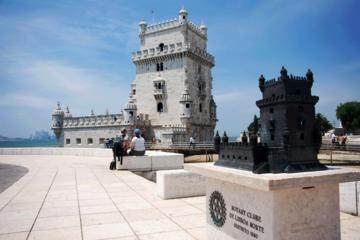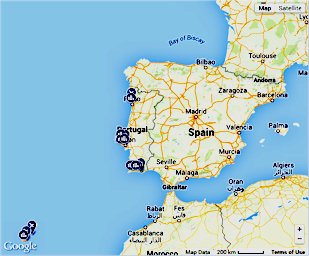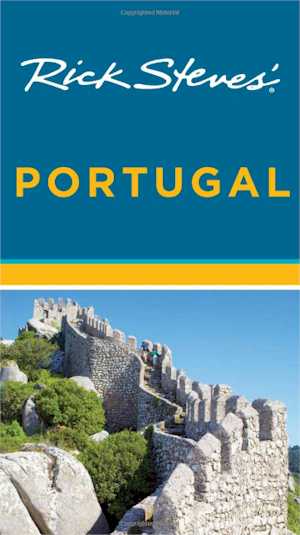« PORTUGAL • Discover Portugal
Discover Magical Portugal
Portugal is known for its wines, its food, its music and its literature. Another typical aspect of Portugal is its architecture, influenced by several early civilizations but unique to the nation. Portugal has witnessed a constant flow of different civilizations during the past 3100 years.
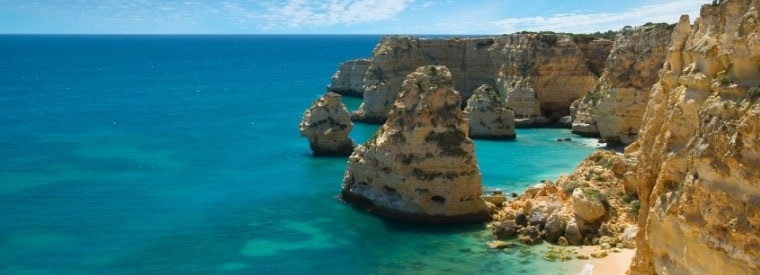
|
Popular Destinations: Albufeira • Alentejo • Algarve • Azores • Faro • Funchal • Lagos • Lisbon • Madeira Islands • Portimao • Porto • Setubal District • … and more |
• Lisbon
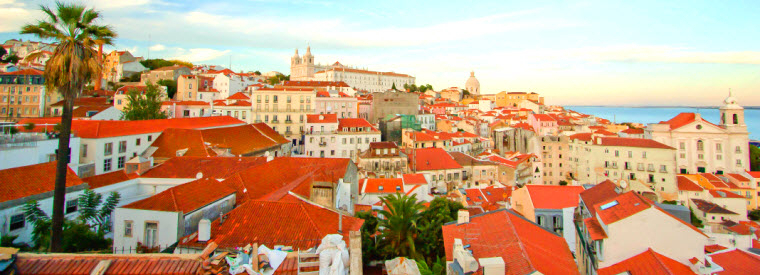
Lisbon is rich in architecture; Romanesque, Gothic, Manueline, Baroque, Modern and Post-Modern constructions can be found all over Lisbon. The city is also crossed by historical boulevards and monuments along the main thoroughfares, particularly in the upper districts; notable among these are the Avenida da Liberdade …
• The Algarve
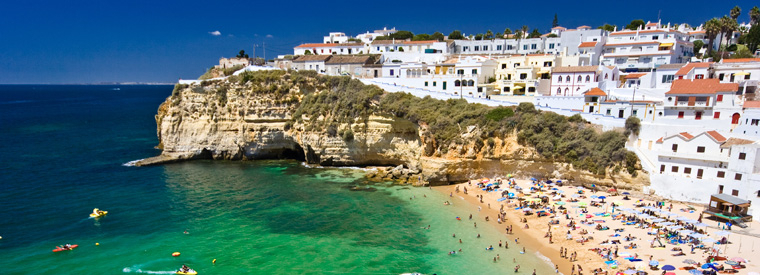
Tourism and related activities are extensive and make up the bulk of the Algarve's summer economy. Fish, seafood and fruit production, which includes oranges, carob beans, figs and almonds, are other important activities in the region. The Algarve is among the most popular tourist destinations in Portugal …
• The Azores
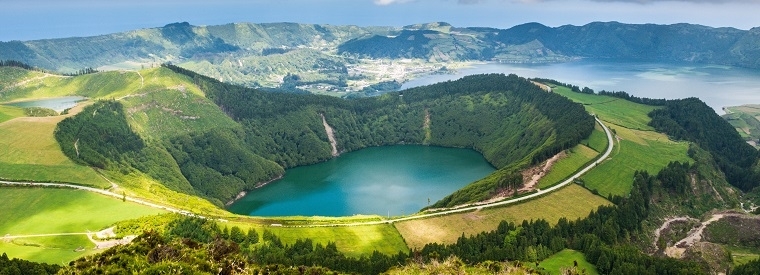
The discovery and settlement of the Azores archipelago, much like the islands of Madeira, is one of the more controversial aspects of the Portuguese Age of Discovery. In addition to many theories, myths and stories written about the Azores there have been various Genovese and Catalan maps produced since 1351 that identified islands in the Atlantic …
• Madeira
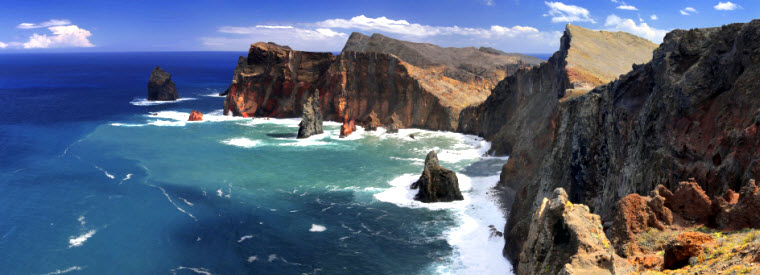
Madeira was rediscovered by Portuguese sailors some time between 1418 and 1420. The archipelago is considered to be the first discovery of the exploratory period initiated by Henry the Navigator. It is a popular year-round resort, noted for its Madeira wine, flowers, it's artisans, and its New Year's Eve celebrations …
• Porto & Northern Portugal
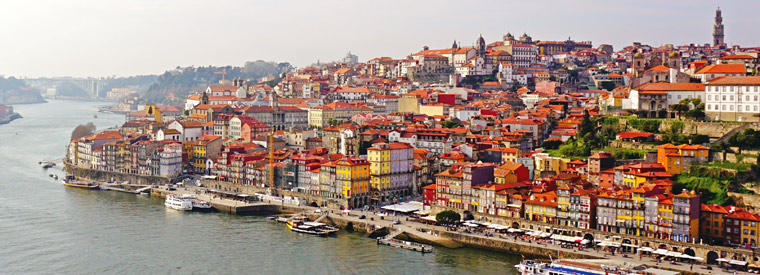
Porto was rediscovered by Portuguese sailors some time between 1418 and 1420. The archipelago is considered to be the first discovery of the exploratory period initiated by Henry the Navigator. It is a popular year-round resort, noted for its Madeira wine, flowers, it's artisans, and its New Year's Eve celebrations …
• Alentejo
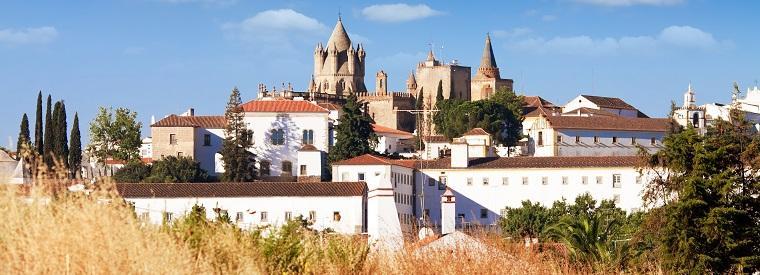
The Alentejo is a region known for its traditional polyphonic singing groups, similar to those found on Sardinia, Corsica. To the east of Portalegre is the Parque Natural da Serra de São Mamede, a Nature Park Area that includes medieval villages. In the south near Mrtola you'll find Parque Natural do Vale Guadiana …
… more destinations in magical Portugal
A | B | C | D | E | F | G | H | I | J | K | L | M | N | O | P | Q | R | S | T | U | V | W | X | Y | Z
» Albufeira
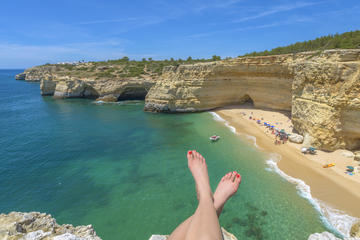
Little more than a fishing village at the beginning of the 1960s, Albufeira is now the busiest vacation resort along the Algarve, which runs in a necklace of sandy beaches and pretty towns along the south coast of Portugal. It's a cultured city with roots that stretch back to Roman times, but thanks to a devastating earthquake in 1755, much of the old town has disappeared. Historic buildings that do remain in the once-Moorish old town include the 14th-century Capela da Misericórdia (Chapel of Mercy) …
» Alcobaça
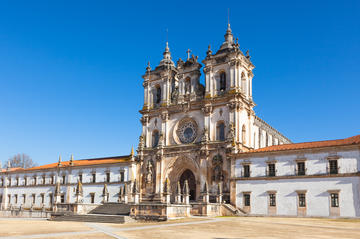
Alcobaça is a pleasant town with a jumble of medieval and modern architecture and a largely pedestrianized center, but its main attraction is undoubtedly Portugal's first monastery, founded here by the country's first king, Alfonso Henriques, in 1153. Today the magical Cistercian monastery of Santa Maria is UNESCO World Heritage-listed thanks to its peerless Gothic architecture - it was the first public building in Portugal to adopt the Gothic style. Just to the left of the church doorway, the Hall of Kings is elaborately decorated with azulejo tiles depicting the history of the monastery …
» Batalha
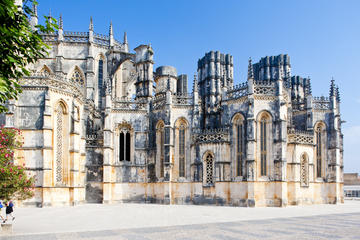
Located in the High Estremadura region of central Portugal, Batalha is an attractive town with plenty of excellent shops and restaurants surrounding one of Portugal's most sacred sites. The Monastery of Santa Maria da Vitória was commissioned by Portugal's King João I to commemorate the country's independence from Spain after the Battle of Aljubarrota in 1385. Some 200 years in its evolution, the Dominican monastery is UNESCO World Heritage-listed as it represents the very pinnacle of Portuguese Gothic and Manueline architecture …
» Comporta Beach
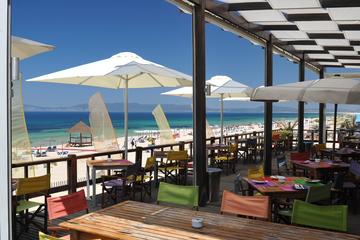
Turquoise water, white sand, a long beach framed by mountains - a familiar scene. Yet this beauty of the Portuguese coast remains relatively undiscovered. As a result the beach is often quiet, uncrowded, peaceful and clean. The lands surrounding the area are covered in rice paddies - miles of green until the wide expanse of sand meets the shoreline. There are pine forests, vineyards, and villages nearby as well, with Comporta located in the Sado Estuary Nature Reserve and wetlands …
» National Palace of Sintra (Palácio Nacional de Sintra)
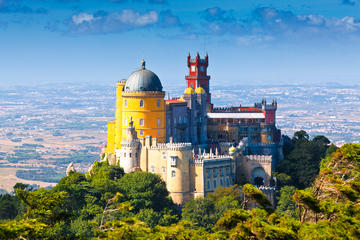
Sintra lies in hilly country close to Lisbon and is considered such an extraordinary town that the whole place is UNESCO World Heritage listed. As one of the most popular day trips from the Portuguese capital, Sintra has a cluster of beguiling attractions to explore, from fairy-tale castles and palaces perched on hilltops to the flamboyant clash of Moorish, Gothic and 19th-century Neo-classical architecture, but the stand-out building is the National Palace …
» Nazaré
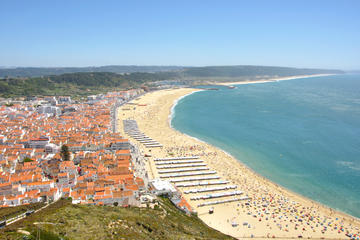
The Estremadura town of Nazaré hugs the western Atlantic coast, a traditional Portuguese fishing village turned popular summer resort and surfer's paradise. The long sweep of sandy beach is backed by a long esplanade and a cute white-washed, red-roofed town. The protected harbor at the south end of Nazaré's beach springs into life when the day's catch comes in; fish such as lobster, sardines and mackerel are laid out to dry in the sun along the harbor walls and then sold from market stalls …
» Óbidos
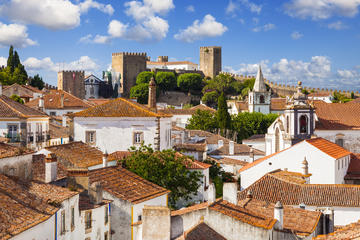
Possibly one of the prettiest towns in Portugal, medieval Óbidos has existed for centuries tucked inside its fortified walls; a gleaming white-washed spider's web of alleyways lined with squat houses, all adorned with flower-smothered balconies, vivid blue azulejo tiles and Gothic doorways. Known as the 'Wedding Present Town' due to the tradition of Portuguese kings giving Óbidos to their wives as part of their dowry, the town has benefited from its royal patronage down the centuries. At its heart lies the cobbled main square of Praça de Santa Maria, home to the old town pillory …
» Sesimbra
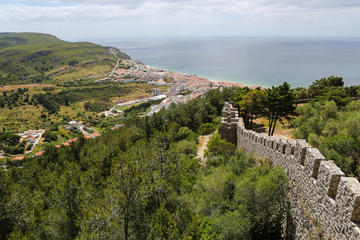
Along the winding Portuguese coast lies Sesimbra, a small fishing village with a 17th-century fort overlooking the sea. Its 12th-century Moorish stone castle is perched up on jagged cliffs that drop down into calm Setúbal Bay. There is a small historic monastery within the castle walls, and the best mountain and sea views can be seen from a climb to the top. Sesimbra is famous for its deep sea fishing and fresh seafood. There are several waterfront restaurants serving fresh fish, and fisherman will often auction off their catches from the harbor …
» Sete Cidades
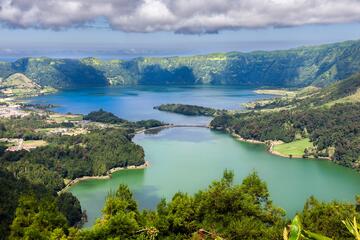
Nature lovers will find their bliss among the otherworldly volcanic landscape of Sao Miguel Island's Sete Cidades. What you'll find there is more than just lush green mountains that fall into an endless blue ocean but also a giant, 5-kilometer-wide volcano caldera, home to some of the most spectacular views around. Sete Cicades' two lakes are among the area's most loved sights: first there's the Lago Azul and its brilliant shade of blue, and then the Lago Verde, known for its often tree-green waters …
» University of Coimbra (Universidade de Coimbra)
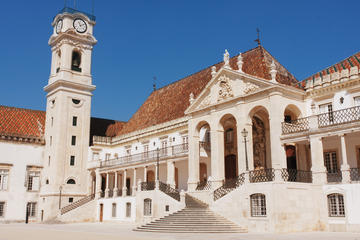
Portugal's most famous and prestigious university, the University of Coimbra is one of Europe's oldest colleges and has become a popular tourist attraction in its own right. First established in Lisbon in 1290, the university moved to its current location in 1537 and today stands proudly at the highest point of the town. Touring the vast hilltop campus unveils an array of historic architecture, most notably the imposing 18th-century University Tower, an important landmark of the Old Town, and the renowned 18th-century Biblioteca Joanina …
» Vila Franca do Campo
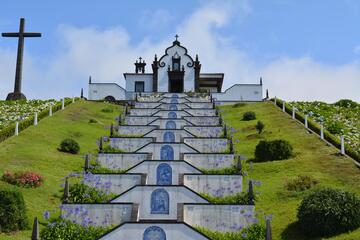
Founded in the 15th century, Vila Franca do Campo rose to become the largest on the island of São Miguel. It served as the capital of the Azores in the 16th century when it was tragically hit by a major earthquake. The capital was moved after the earthquake and subsequent mudslides destroyed much of the settlement as it was then. Following its reconstruction, it became an agricultural hub, particularly for orange and pineapple plantations. Some of the most beautiful architecture on the island can be found in its modernist lighthouse and many churches and convents …
« PORTUGAL • Discover Portugal



